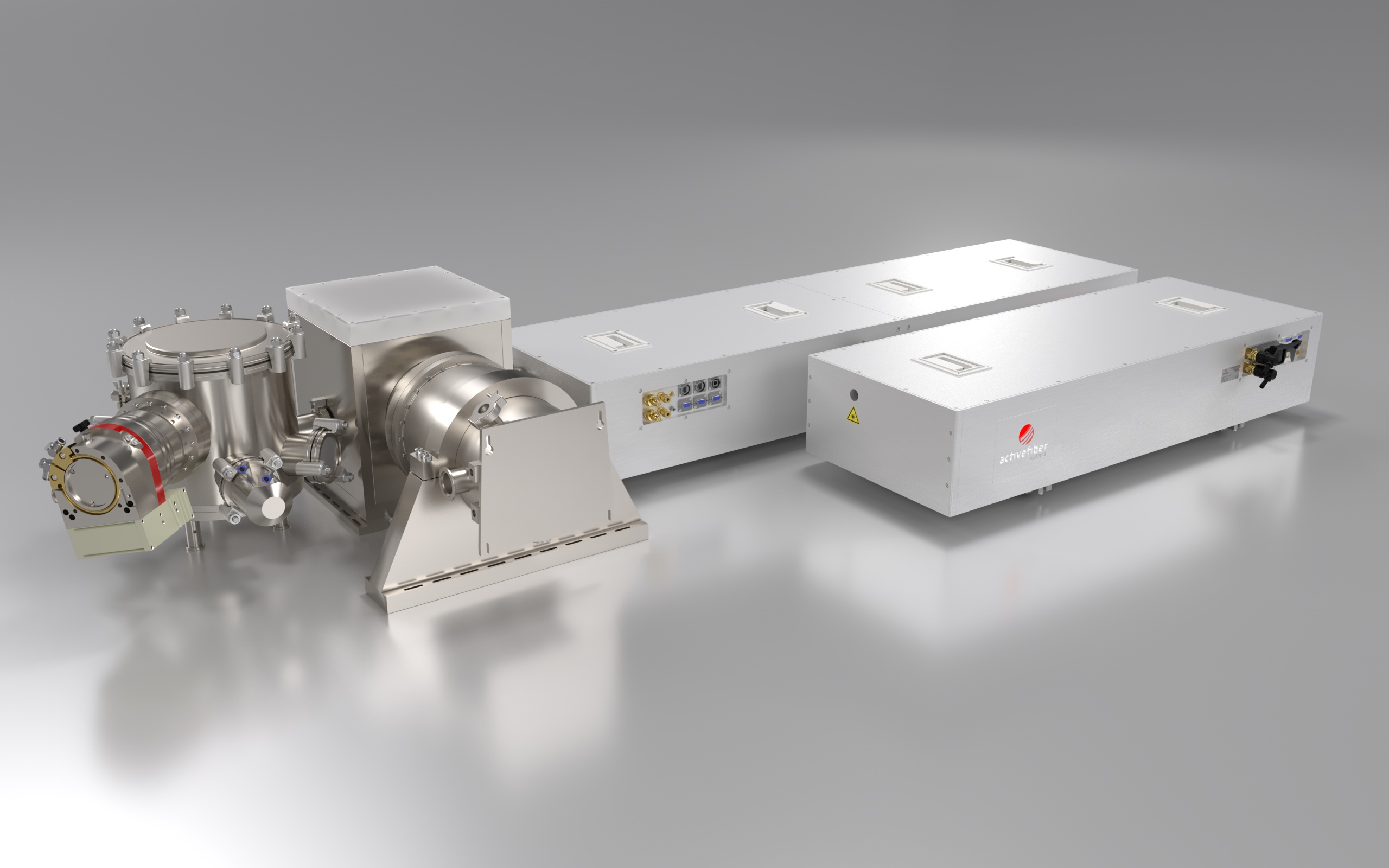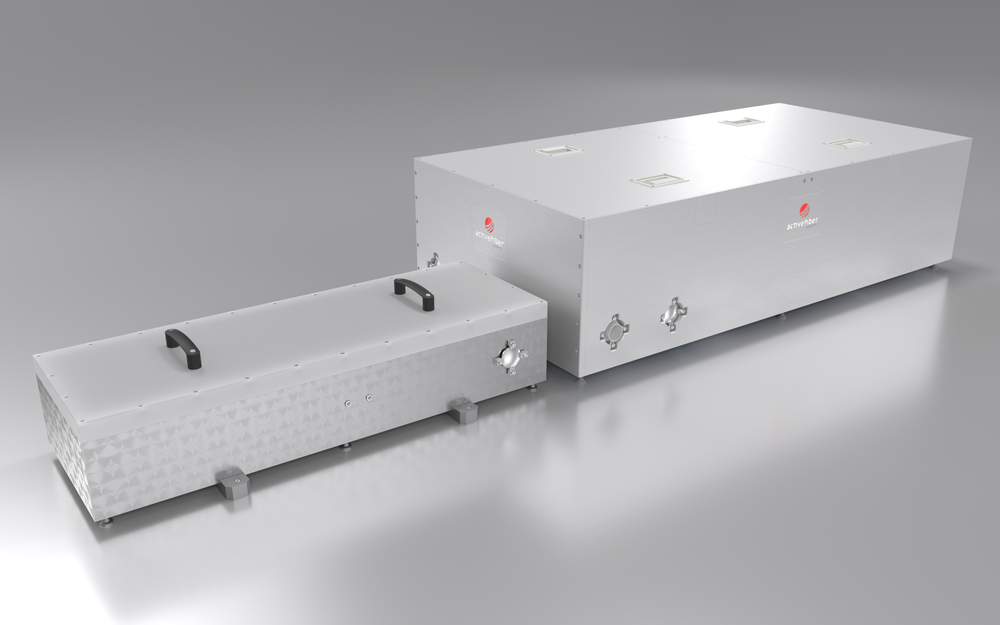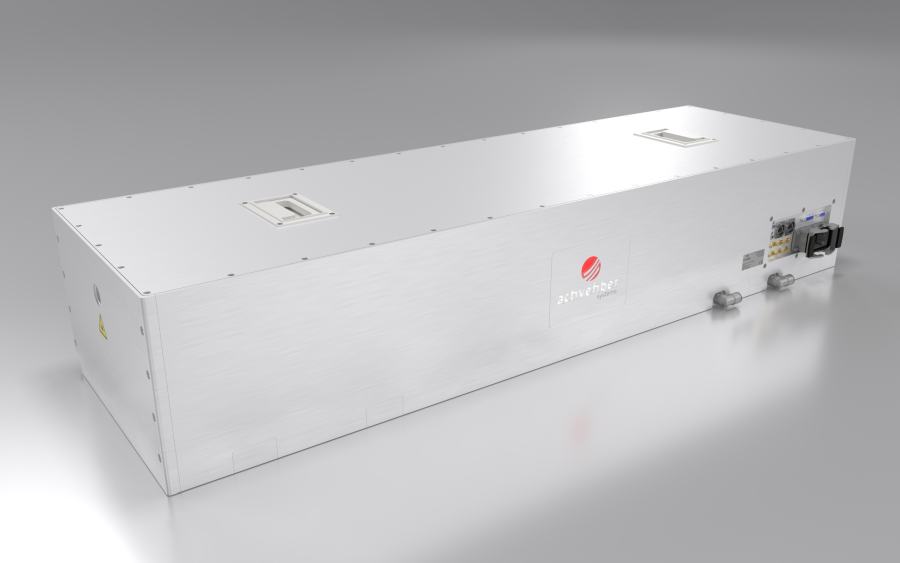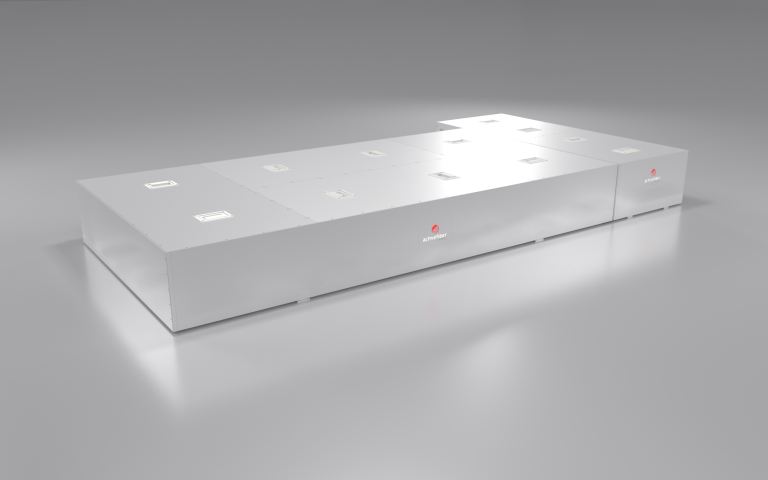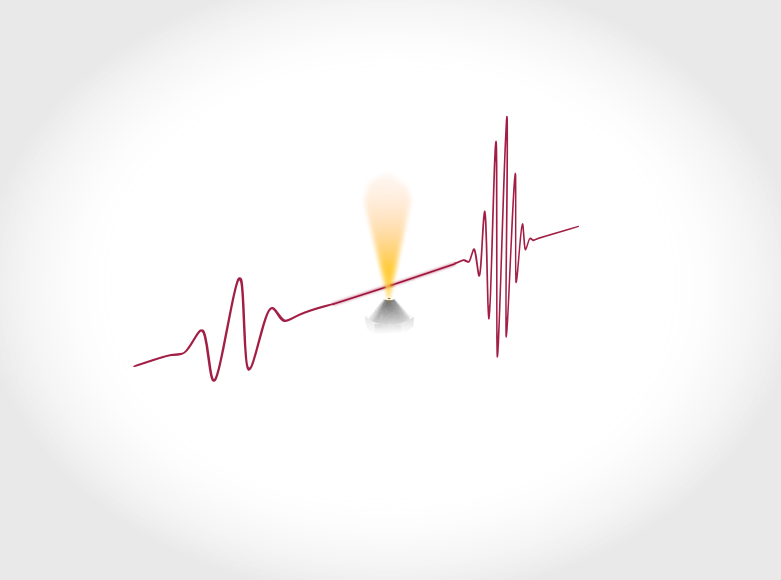
- electron dynamics in attoseconds (10^-18 seconds)
- based on high-harmonic generation
- time-resolved spectroscopy, quantum control and technology
Introduction
The process of high-harmonic generation (HHG) is the key when it comes to generating isolated attosecond pulses [1]. This coherent extreme-ultraviolet radiation has become a valuable tool to resolve ultrafast motion in atoms and molecules [2, 3]. However, low data-acquisition rates imposed by low repetition-rate laser systems hamper the advancement of these sophisticated experiments. Consequently, the availability of high repetition-rate sources has overcome a major obstacle in this young field [4].
Our fiber-based laser sources excel in terms of pulse energy at repetition rates in the ~100kHz to multi-MHz range thus enabling fast acquisition rates. Furthermore, our low carrier-envelope phase noise addons enable the generation of isolated atto-second pulses.
AFS offers different chirped-pulse amplification systems to run your beamline: compact Yb systems, high-power Yb systems or even Tm-based systems emitting at ~2µm. They can then be extended by flexible nonlinear compression addons and a subsequent high-harmonic generation to provide a turnkey driving system for your attosecond beamline.
Suitable products
References
[1] M. Hentschel et al. „Attosecond metrology„. Nature 414, 509–513 (2001).
[2] F. Krausz, M. Ivanov „Attosecond physics„. Rev. Mod. Phys. 81, 163–234 (2009).
[3] G. Sansone et al. „Attosecond technology and science„. IEEE J. Sel. Top. Quantum Electron. 18, 507–519 (2012).
[4] P. Ye et al. „Attosecond pulse generation at ELI-ALPS 100 kHz repetition rate beamline“ J. Phys. B At. Mol. Opt. Phys. 53, (2020).

